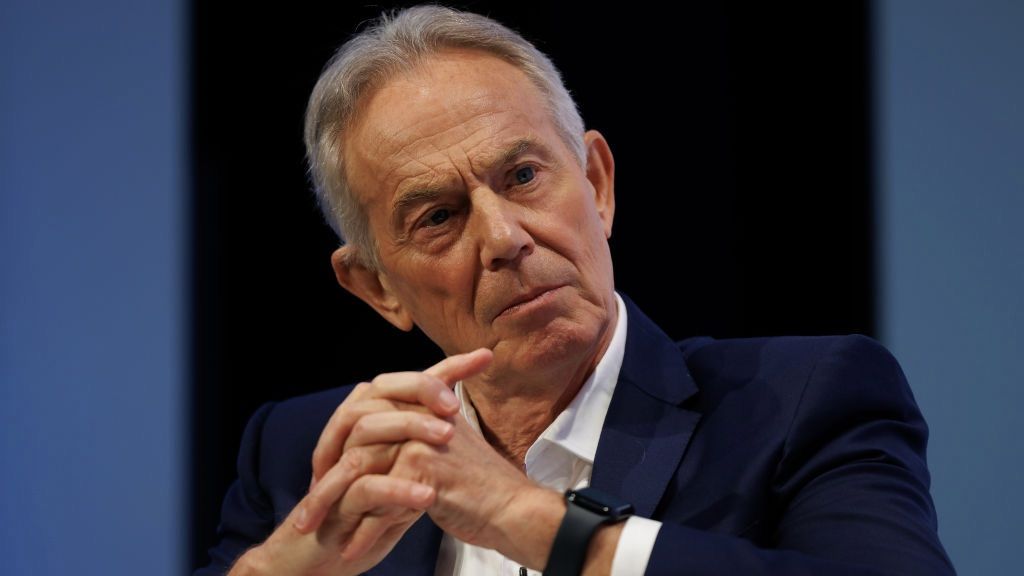


A recent report reveals that outdated technology in the UK public sector is costing taxpayers an astonishing £45 billion each year. Over 25% of central government digital systems are identified as outdated, with some departments reporting that up to 70% of their technology is in need of urgent upgrades. Tech Secretary Peter Kyle has highlighted the inefficiencies and high maintenance costs associated with these outdated systems, which often require in-person applications, further exacerbating inefficiencies in public services. The report, set to be published on January 20, 2025, is based on insights gathered from over 500 leaders across 120 organizations and underscores the urgent need for modernization within the public sector [453b33ee].
The report also notes that NHS England experienced 123 critical service outages last year, a clear indication of the risks posed by relying on outdated technology. These outages not only disrupt services but also pose significant risks to patient care and public safety. The findings call for a comprehensive review and investment in technology to improve service delivery and efficiency, ensuring that public services can meet the demands of the modern age [453b33ee].
In light of these findings, former British Prime Minister Tony Blair's recent advocacy for integrating AI into public sector operations gains even more relevance. Blair's think tank suggests that AI could help reduce workforce time by 20% across government departments, potentially saving up to £10 billion annually. The Department for Work and Pensions (DWP) was specifically mentioned as a candidate for AI integration, given its reliance on paper documentation and the significant costs associated with administrative errors. Blair argues that embracing AI is crucial for long-term growth and that nations failing to adapt will fall behind [3e64e5fc].
As the UK government grapples with the challenges posed by outdated technology, the integration of AI and modernization efforts will be essential in addressing inefficiencies and improving public services. The combination of these initiatives could lead to substantial savings and enhanced service delivery for taxpayers, ultimately transforming the public sector landscape [af0e596f].